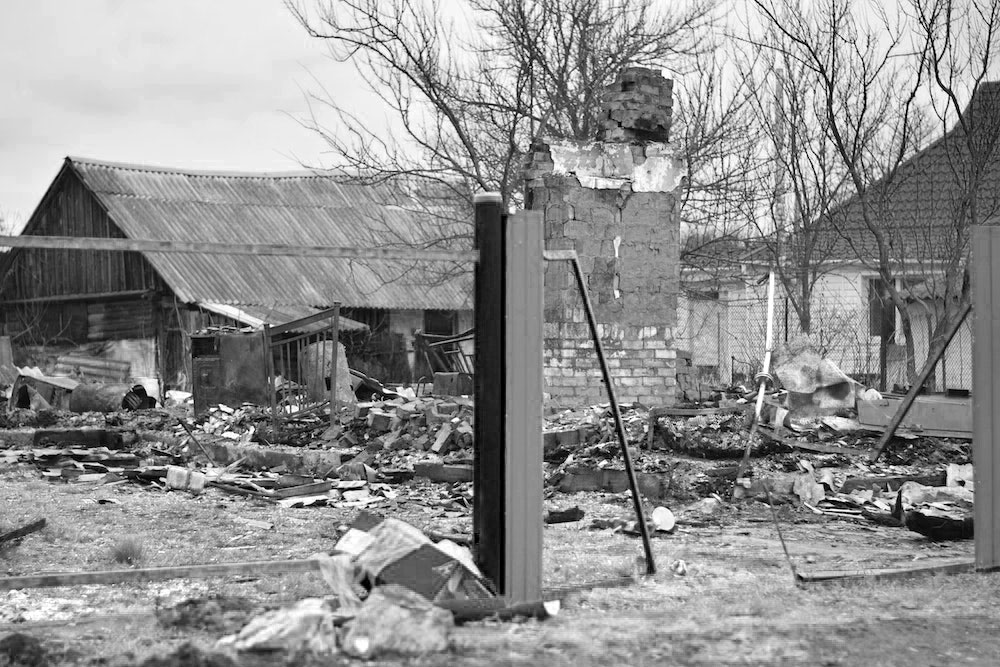Personal injury cases can often be complex and emotionally challenging for both victims and their families. They involve a deep dive into understanding negligence, its various forms, and its potential consequences. In this blog post, we aim to shed light on the hidden dangers lurking behind personal injury cases and the significance of negligence in uncovering justice.
Negligence is commonly defined as the failure to exercise reasonable care that ultimately causes harm to another person. It can manifest in multiple ways, ranging from simple accidents to more severe instances of misconduct or recklessness. Regardless of the circumstances, negligence plays a crucial role in personal injury cases, as it determines liability and the extent of compensation that victims may receive.
One of the most common types of negligence in personal injury cases is known as “premises liability.” It refers to situations where a property owner fails to maintain their premises and, as a result, someone gets injured. Slip and fall accidents, for instance, can occur due to wet floors, loose floorboards, or inadequate lighting, all of which can be attributed to the negligence of the property owner. In such cases, victims have the right to hold the negligent party accountable for their injuries.
Another form of negligence that often arises in personal injury cases is medical malpractice. Medical professionals, including doctors, nurses, and surgeons, are expected to provide a certain standard of care to their patients. When they fail to do so, whether through misdiagnosis, surgical errors, or medication mistakes, patients suffer harm as a result. Proving medical malpractice requires a thorough investigation, including the review of medical records, expert opinions, and evidence of negligence.
Product liability is also a concerning area of negligence in personal injury cases. Manufacturers have a duty to ensure that the products they release into the market are safe for use. When a product is defective and causes harm to consumers, the manufacturer can be held liable for negligence. This type of case often involves extensive research and investigation to uncover any design flaws, manufacturing errors, or inadequate labeling.
It is essential to understand that negligence is not limited to these three categories alone. Personal injury cases can arise from various contexts, including car accidents, workplace injuries, or even dog bites. In each instance, negligence will be a central factor in determining liability and the potential for compensation.
Uncovering the hidden dangers and proving negligence in personal injury cases can be a daunting task. It requires a skilled legal team with experience in personal injury law to navigate through complex legal procedures and build a compelling case on behalf of the victims. By doing so, victims can seek the justice they deserve and bring awareness to potential dangers in society.
In conclusion, negligence is a significant element in personal injury cases, as it determines the responsibility of the parties involved and the extent of compensation for victims. Understanding the various forms of negligence, such as premises liability, medical malpractice, and product liability, is crucial in unveiling the hidden dangers lurking behind personal injury cases. If you or a loved one has been a victim of negligence, it is essential to seek legal advice to protect your rights and hold the negligent parties accountable.

